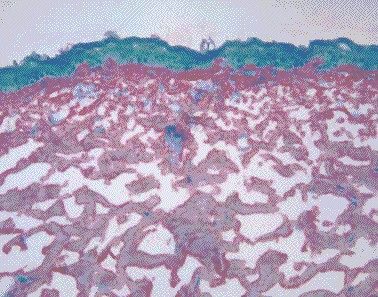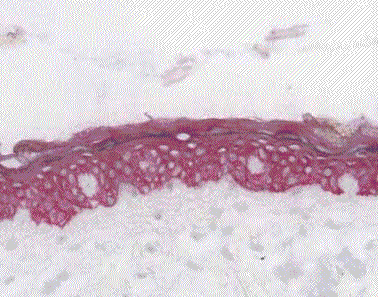Vitamin C in skin creams scientific study.
http://www.docstoc.com/docs/2410871/An-immunohistological-study-of-anhydrous-topical-ascorbic-acid
An immunohistological study of anhydrous topical ascorbic acid compositions on ex vivo human skin
Geoffrey K Heber, MBBS, MBA, Boban Markovic, PhD & Amanda Hayes, PhD
Summary
Background
Ascorbic acid has numerous essential and beneficial functions in normal and photoaged skin. Ionisation of ascorbic acid in aqueous topical formulations leads to oxidative degradation. Ascorbic acid in an anhydrous vehicle would inherently have greater stability.
Objective
The objective of this study was to observe the effects of two anhydrous formulations containing microfine particles of ascorbic acid less than 5 microns in size on three known effects of ascorbic acid, neocollagenesis of collagen types I and III, and cytokeratin production, in ex vivo human skin. Microfine particles of ascorbic acid were produced by ball milling. Formulation A contained 23% microfine ascorbic acid particles in an oil/wax vehicle. Formulation B contained 20% microfine ascorbic acid particles in a silicone/oil/wax vehicle.
Methods
Vitamin C preparations were applied topically onto the surface of freshly excised human abdominal skin. Following an exposure time of 48 h with appropriate controls, skin discs were cut into sections, placed on slides and assessed using immunohistochemical (antibodies: collagen type I, III, cytokeratin) staining. Analysis was performed using microscopy and descriptive rating.
Results
Both formulations resulted in increased production of collagen types I and III and cytokeratin. Both formulations also resulted in increased expression of collagen type III compared to control. Expression of both types of collagen appeared to be higher
with formulation A, the oil/wax vehicle, compared with formulation B, the silicone/oil/wax vehicle. Cytokeratin expression was increased in the epidermis of treated skin compared to control by both formulations.
Clinically increased dermal collagen should result in improvements in some signs of photoaging such as reduced wrinkles and increased elasticity. An increase in cytokeratin should enhance skin moisture.
Some results are shown below look at the depth of colour in the stain to ascertain amount of collagen or cytokeratin. You can visit the site for a more detailed look at the experiment.

Fig 1 Control after 48 hr collagen type III stain X200

Fig 2 Formulation A after 48 hr collagen type III stain X200

Fig 3 Formulation B after 48 hr collagen type III stain X200

Fig 4 Formulation A after 48 hr cytokeratin stain X200
Conclusion
The application of anhydrous formulations containing microfine particles of ascorbic acid to ex vivo human skin in this study resulted in neocollagenesis and increased production of cytokeratin. This approach appears to enable biological effects of ascorbic acid in the skin using a vehicle which would provide it greater stability than an aqueous vehicle.
- anhydrous;
-neocolagenesis.
What is the difference between the two types?